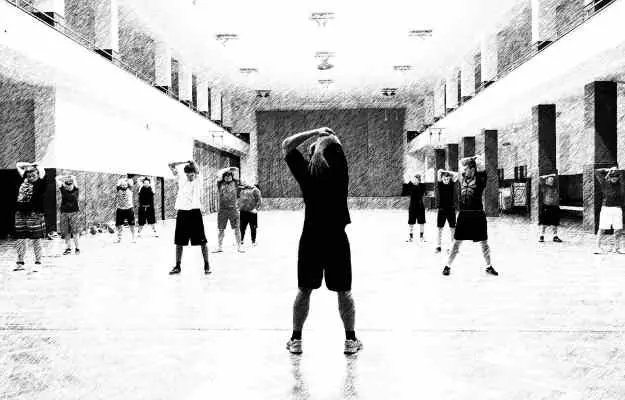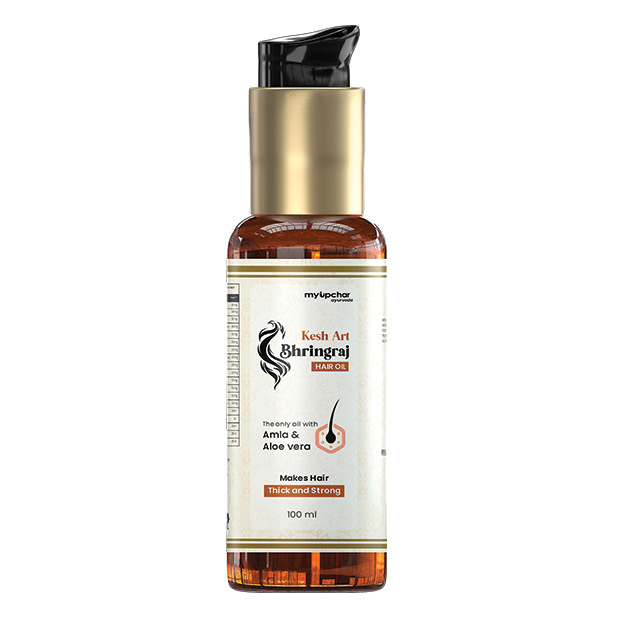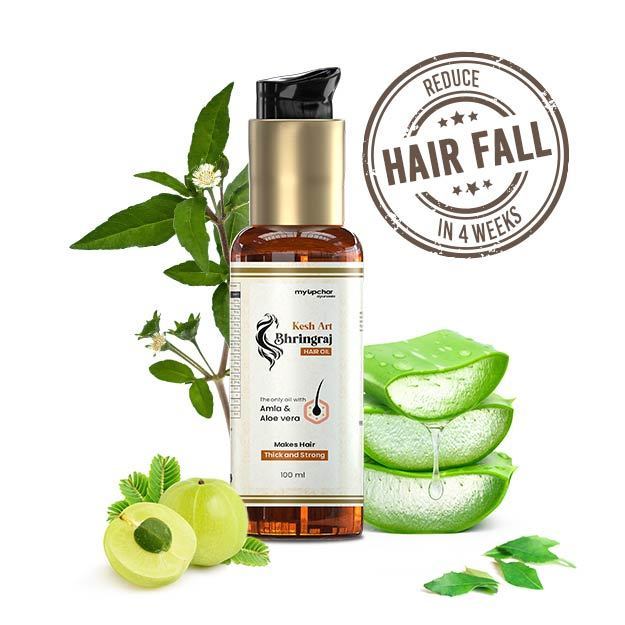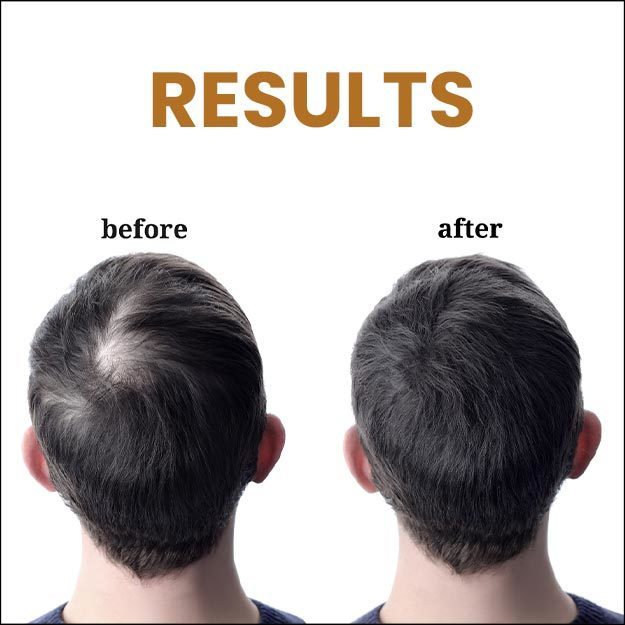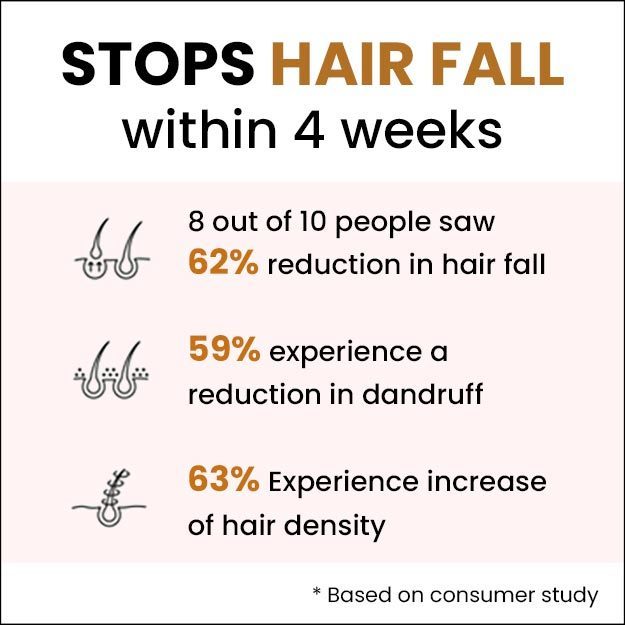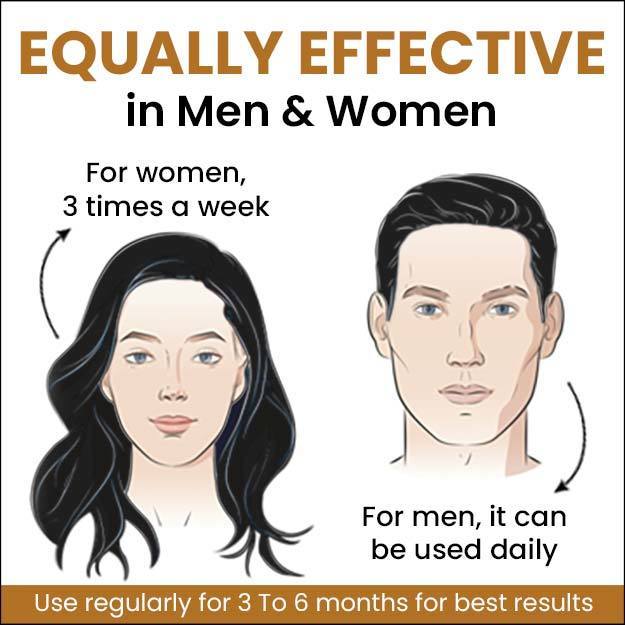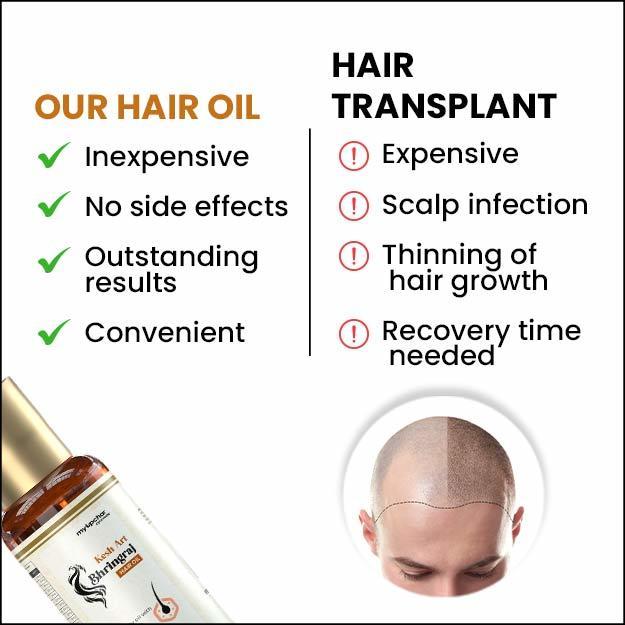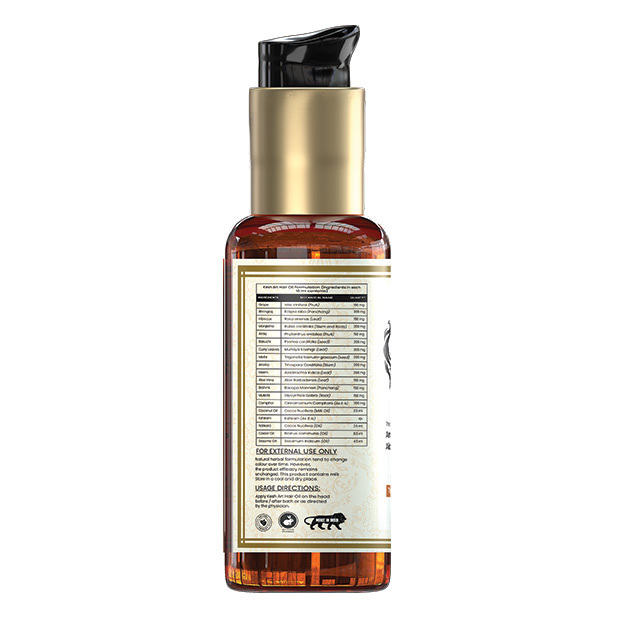You would have noticed how regular gym-goers begin their running routine on a treadmill relatively slowly and then pick up pace as their body becomes more accustomed to the motion and intensity. They do this to prepare their joints and muscles for the impact of the workout. This preparation is known as warming up.
The truth is that not even the most accomplished athlete can just show up to the field and turn in a record-breaking performance. Everyone needs to warm up: you could be a serious athlete taking part in major competitions in your sport, a budding distance runner, a fitness expert or even a yoga practitioner. Despite your degree of expertise, an injury sustained while performing your favourite physical activity can put you out of action for a long time.
Injuries are part and parcel of playing sports and working out, of course. But warm-up helps to minimise them by conditioning the body for the more intense workout, sport or physical activity ahead. The targeted muscles that enable you to take the load of the performance are habituated to the movements to be able to function without straining themselves. Of course, you can still find yourself on the mat injured, but warming up prior to an exercise helps to avoid workout injuries to a large extent.
Read more: The importance of stretching in a workout

